We nipped up the hill for breakfast early at the little cafe opposite the Sintra railway station. Then home to finish packing and drag our belongings up the hill again. Trains depart every 10-15 minutes for two Lisbon stations, and we boarded a very sparsely populated train to Lisbon Oriente. We had a EuropCar rental booked, and they have a small office at Oriente station, about 40m from where we came down the elevators. A major bonus that was.
The guy in the office was really good and the hire process pretty easy. He went and picked up our Toyota Yaris Hybrid - very new, very black and very shiny.
All the gear fitted in the boot nicely, and I was taking Tomtom out of a five year retirement to guide us on our way. No the Yaris doesn't have GPS, but we do also have a roaming phone with Google Maps. I knew TomTom's battery was suspect, but it was a little disappointing that it died just a few minutes after being plugged in to the car. So we connected the phone and got under way onto the A12 then the A33 and then A379. All too easy. We crossed the Targus heading south on the 12 km long Vasco Da Gama Bridge: they are still celebrating his feats, built in 1995-1998, clebrating 500 years since his discovery of the sea route to India.
I was looking for a bin to throw poor dead Tomtom into, when I checked whether my phone, now plugged into the car was charging, and it wasn't. So I pulled over and plugged Tomtom into the good old cigarette lighter socket. Bingo, back in business we were, the USB data socket on the car obviously doesnt chage too.
We got to Sesimbra in about two hours, parked and went for a familiarisation walk, a quick visit to the Tourist Information office in the old Santiago fort and a spot of lunch.
Plenty of huge apartment buildings crowd the cliffs around the beautiful golden beach, lines of umbrellas and lounges, a mix of private concession beach and public beach and a beautiful calm and blue sea. Lunch was a bit of a planning session and some local food and wine. The town has a big force of parking wardens and many parked cars had their orange parking infringement tickets under the wiper blades.
We got back to the car in time to avoid a "Dornier" notice, and went on to Cabo Espichel for our initial local tour. We were due to meet our man at our accommodation at 4 00 pm to get the keys, the ropes, and the parking intel. We are in the old town again, which is always lovely, but definitely doesn't cater for cars, either driven or parked.
Cabo Espichel is a coastal promentory and the scene of an appearance by Our Lady (of the Cape) to a couple of locals.
To celebrate Her visit, they built a church and two huge wings to accommodate the pilgrims who came to seek favours or blessings, or just to be a part of the holy place. They even built an opera house though it was rather smaller than what we might expect!
There are dinosaur footprints here; we did go for a walk through some very uninteresting scrubby country in very hot conditions, downhill with no real signage to say 'Dinosaur footprints in 500 m or 5000 m' so we gave up the search. Not a budding paleantologist amongst us.There was another dinosaur footprint place on the way back, so we did get to participate in this ancient history stuff.
We followed our detailed instructions and got to our accommodation in time to meet Andre, our host's rep who showed us the ropes. It's a spacious apartment in some ways, with small bedrooms, but a very well-appointed and lovely outdoor private courtyard.Great for an afternoon drink or morning breakfast. Outside our private courtyard is a small placa with a couple of nice big shadey trees.
This place is renowned for its fish. We ate at first night at Isaias, a family dining experience, quite old and some would say quirky. The maitre'd recommended "Turbot for two" and so we did. All the fish is prep'd and cooked outside the small restaurant in the placa while we watched on.
The turbot was lovely, accompanied by a salad and a half carafe of local wine. The Turbot was 40 Euros, the salad and potatoes 2 Euros and the wine 2 Euros. So it was about 71 NZ dollars for the turbot, probably about 1 kg of him (or her).
Very entertaining time, not much English spoken, lots of pats on the back and thumbs up from the staff while we enjoyed the meal. I did happen to share a few fishing and diving in NZ photos with the maitre'd.
A pretty good start to our relaxing few days at the beach.
Yes, there is a lot of cigarette smoking here. Butts are the main source of litter in generally very tidy streets and in the verandah part of restaurants we've seen people pouring wine, eating and smoking simultaneously. Mind you a packet of cigaettes is 4.60 E; much cheaper than in NZSetubal, literally is the next local tour port of call, about 20 km away through the Parque Natural Da Arrabida. The town is on the Rio Sado estuary, another huge expanse of water and a great fishery. Easy trip across the park, the mountains are a huge massif, vegetation not luxuriant, some agriculture and horticulture and still plenty of cork trees.
In Setubal we parked in the placa and went for a roam. The placa has a 'wall of fame' celebrating the species the local fishery is built on.
Fifteen candidates made the wall, but there are many more species that are part of the local fare, as we saw a bit later in the food market. The edible species include a big range of shellfish, crayfish, lobster, squirts and some "pest fish" (in NZ terms) like barracouta.
The port was interesting, many boats, starting at about 3.5 metre dinghies with very small outboards and some bigger longliners and seiners, maybe 16-18 metres.The estuary provides some good sheltered waters, but the Atlantic Ocean is only a few km away on the other side of the Troia peninsula.
We were looking for the renowned local fresh produce market, but found the Trash and Treasure market first. We did a lap of that and saw the same sort of amazing 'junk' you always see in these places. Some wonderful old tools,cutlery, crockery and toys. Not really tempted to open the wallet, although there were a few nice carafes around. They don't make good travelling companions!
A few hundred metres on we did find the produce market with the usual azuelo-tiled entry. Just fantastic places to roam in, especially the meat and fish sections. Some great chunks of beef, fresh and aged, unfortunately the bbq is a long way away.
The fish section was just amazing; we are ususlly more limited in our pescatorial menus in NZ. All the fish are sold whole and at each stall there were people, usually women, preparing the chosen fish for the customer.
Local Azeitao cheese, a semisoft unpasturised sheep's cheese, as I later learned.
We bought some fruit, cheese and the local confectionary, Tortas de Azeitao, a small sponge roll type of thing for lunch and departed for a nearby miradouro with great views from the adjoining castle.
This one was the hilltop of Palmela, where the Romans first built a fort, the Moors built over the top of that and the Christians topped the lot. There are still significant ruins for the archeaologiststs to dig around, and enough towers and walls to build a tourist business on. In fact every hilltop seems to have ruins or still functional forts and castles. This coastline was obviously both prized and heavily defended.
Last stop for the day was Azeitao.
This is the location of the vineyard of Jose Maria da Fonseca and our winery tour and tasting.This winery has been in the same family since 1830 and is now up to the 6th and 7th generations involved. They have some Muscat barrels which are being stored to be opened for the 9th generations of the family, yet to be born!. Nice to see this scale of wine storage, it makes my 20 year storage timeframe for Penfolds 389 and 407 seem like infanticide!!
They also send barrels of muscat on long sea voyages to accelerate the aging. Five months at sea adds 10 years of aging and a year at sea adds 25 years of aging. They like old muscat around here .
The dark, unventilated, earth floor, metre thick walled storage facility has enormous barrels of stored muscats back to 1900. These get opened for family births and weddings, and special visitors can get to sample their birth year muscat. We tasted five wines, a slightly off dry white, a crisp red, an older red, a 5 yr old and finally a 12 year old muscat. We really enjoyed the visit.
More upmarket seafood for dinner at the Casa Mateus for our final night in Sesimbra. Groper with bacon, clams and sweet potato, Seafood green curry with razor clams, and a basil and strawberry mousse to share!
It's been a lovely place to visit.
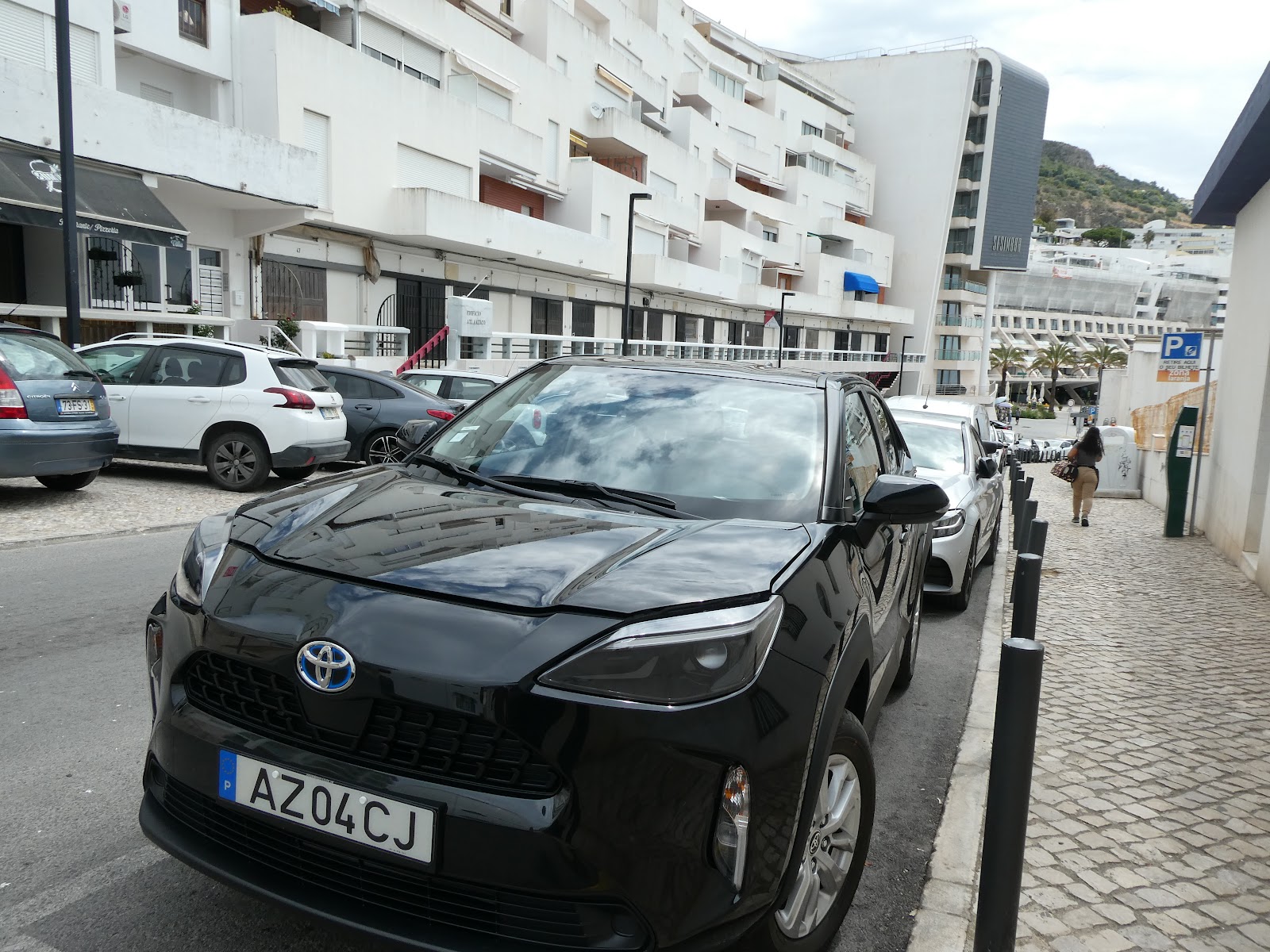
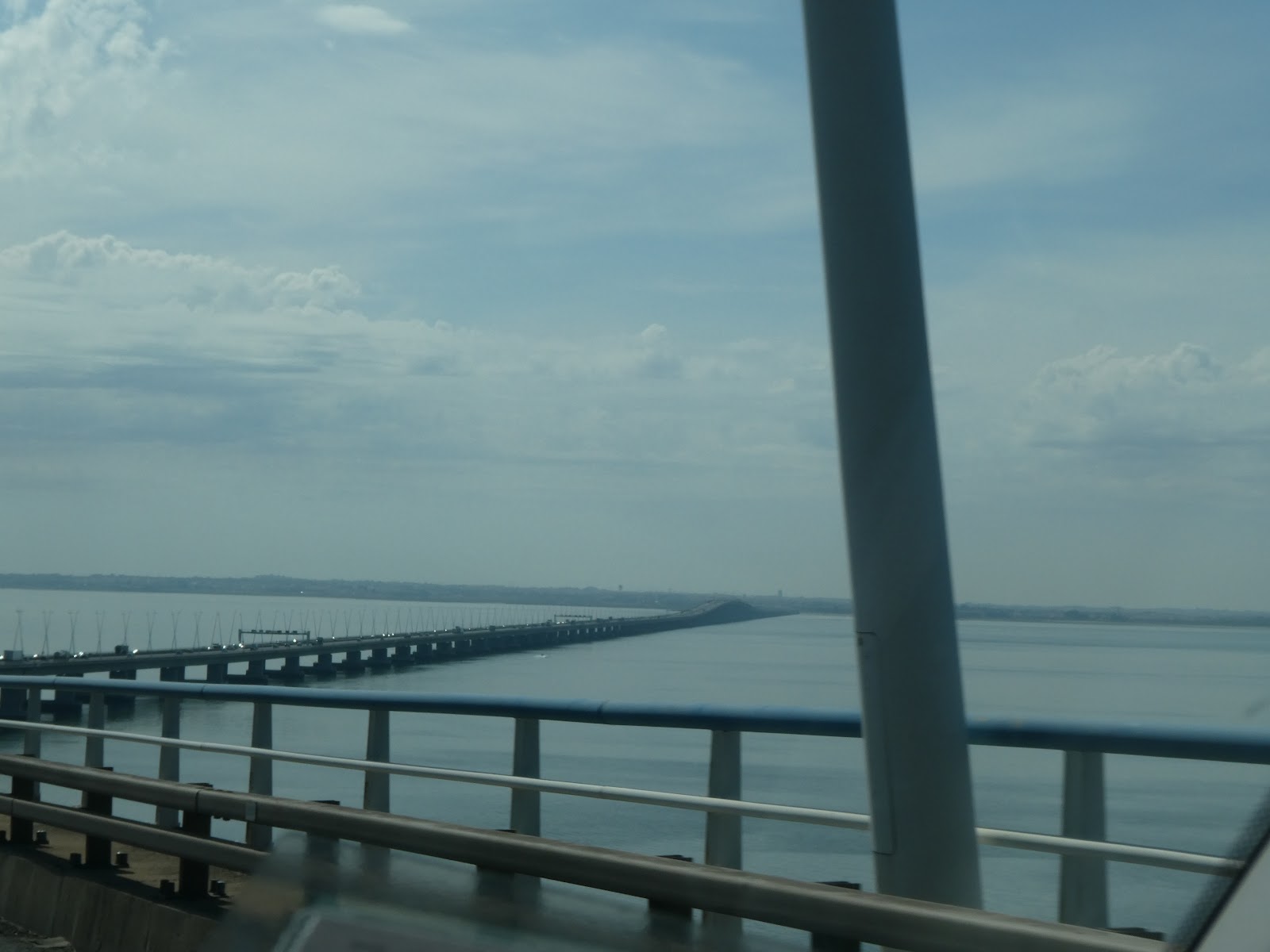



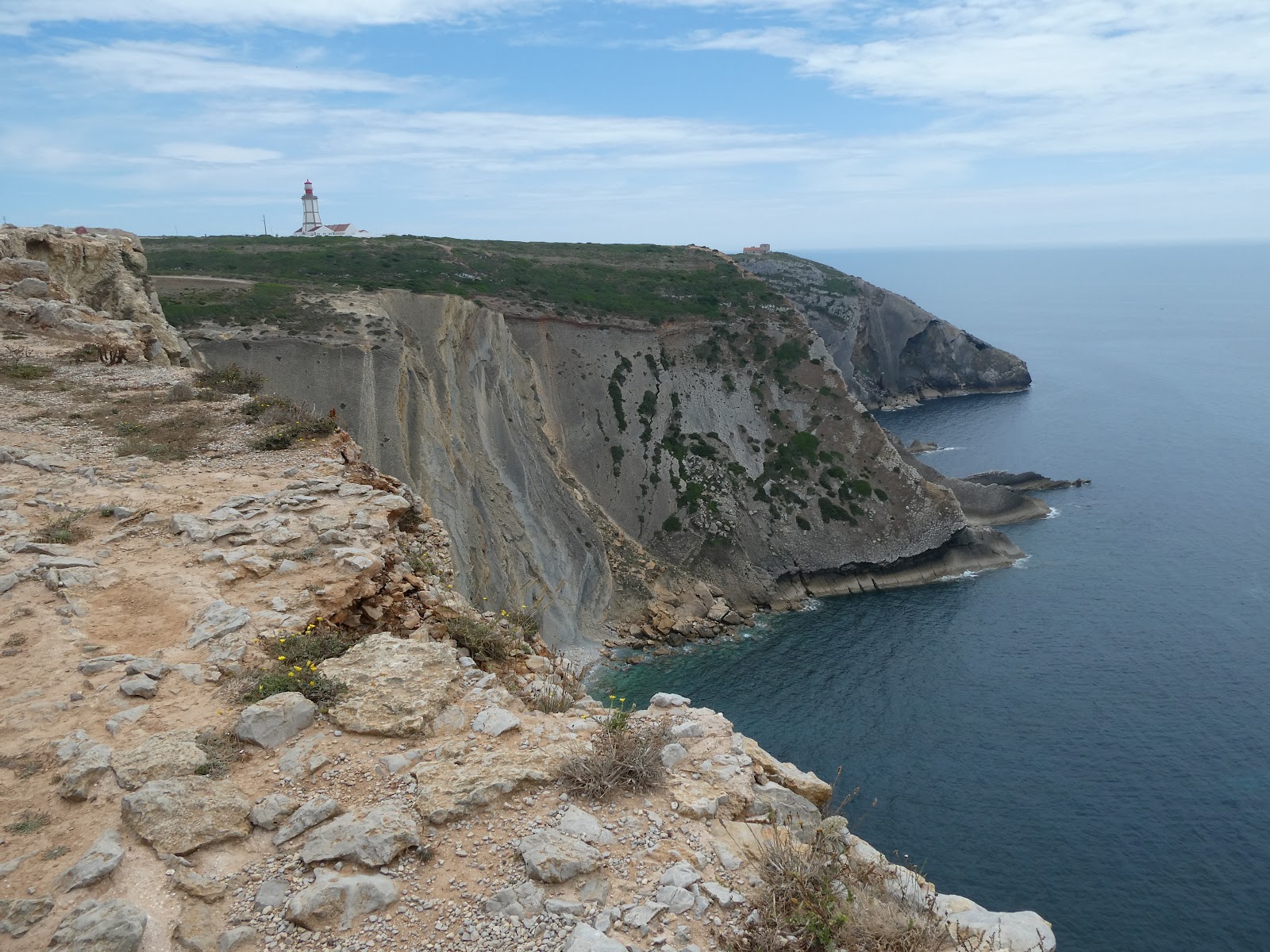
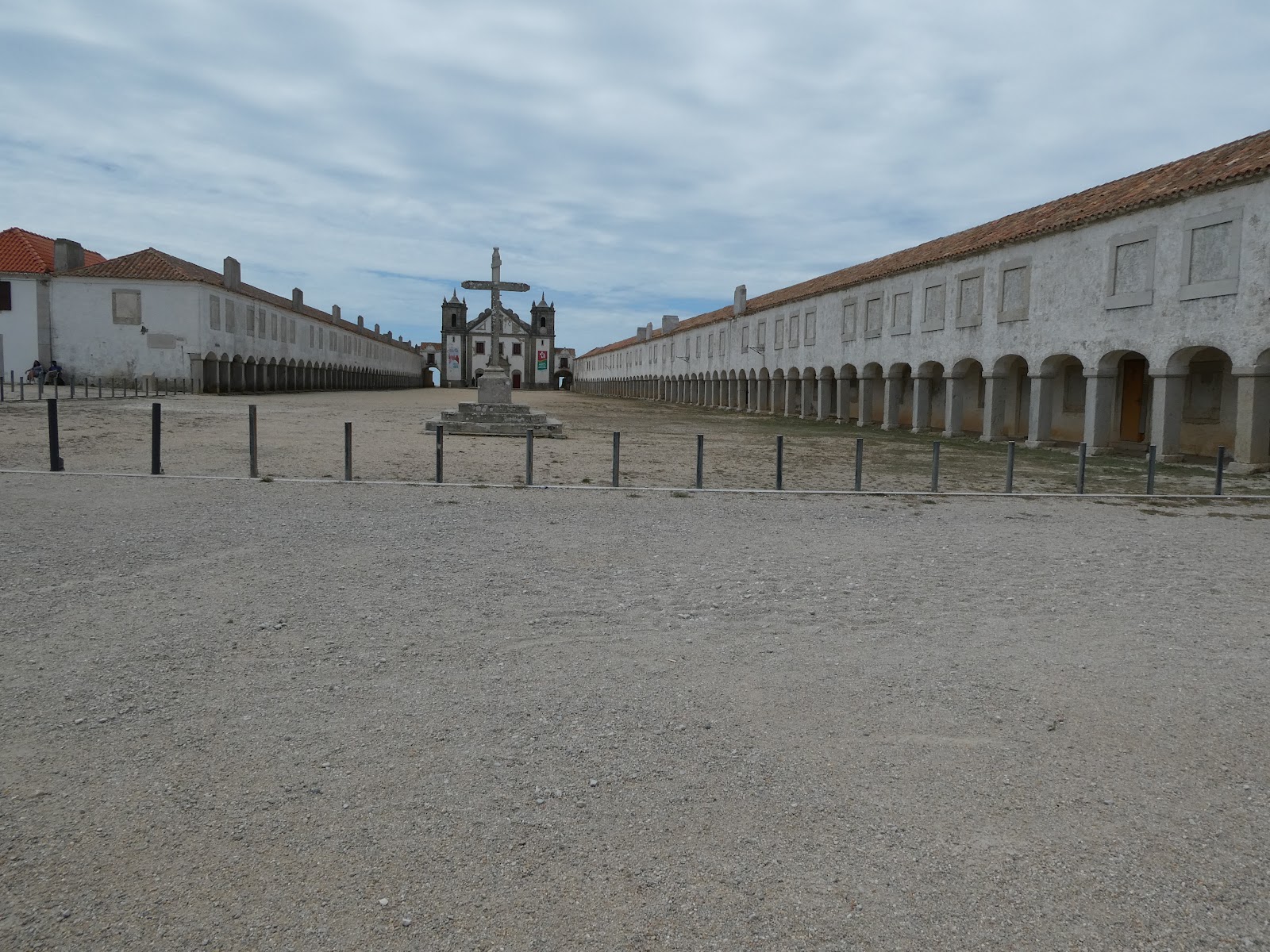




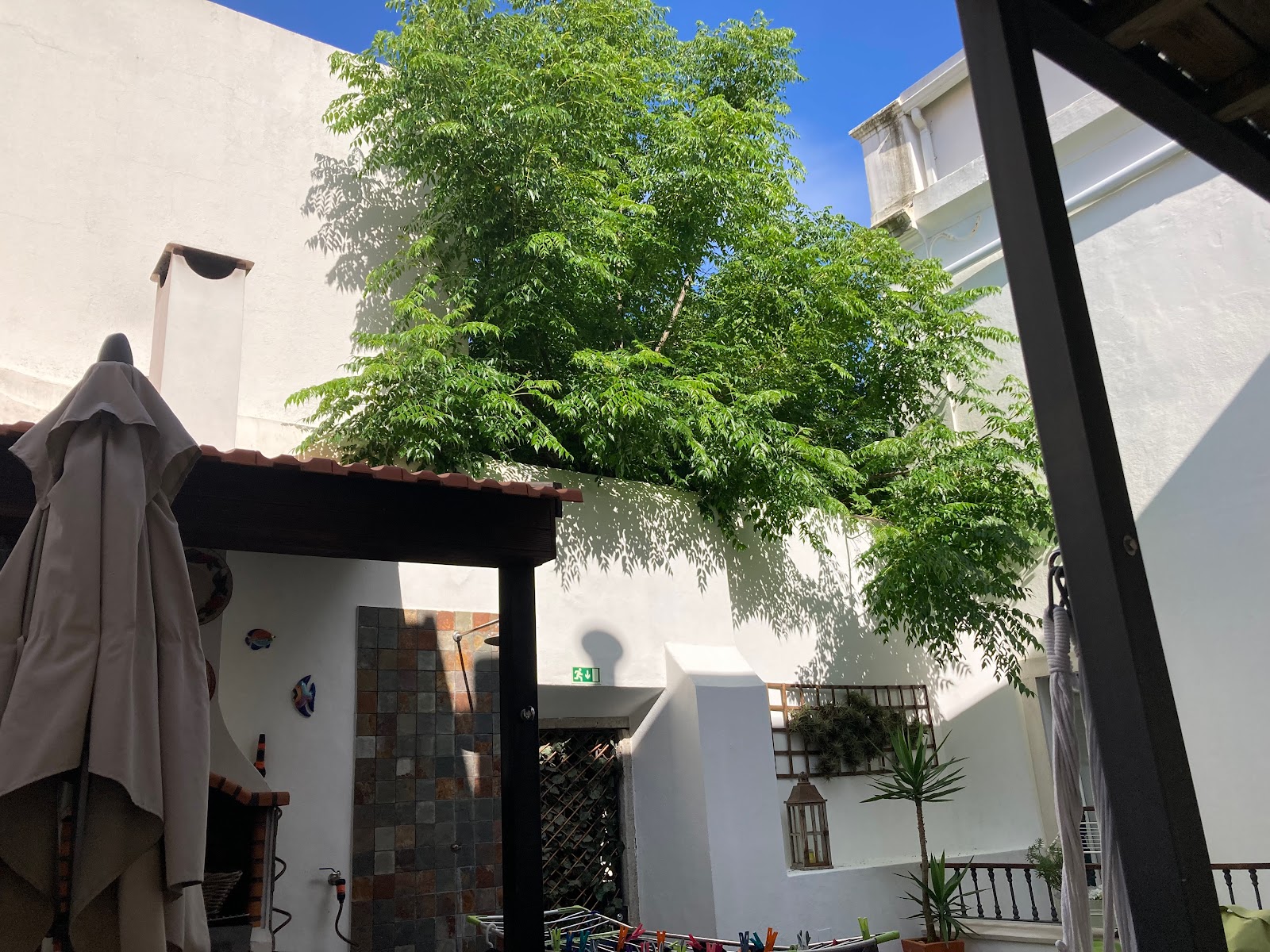











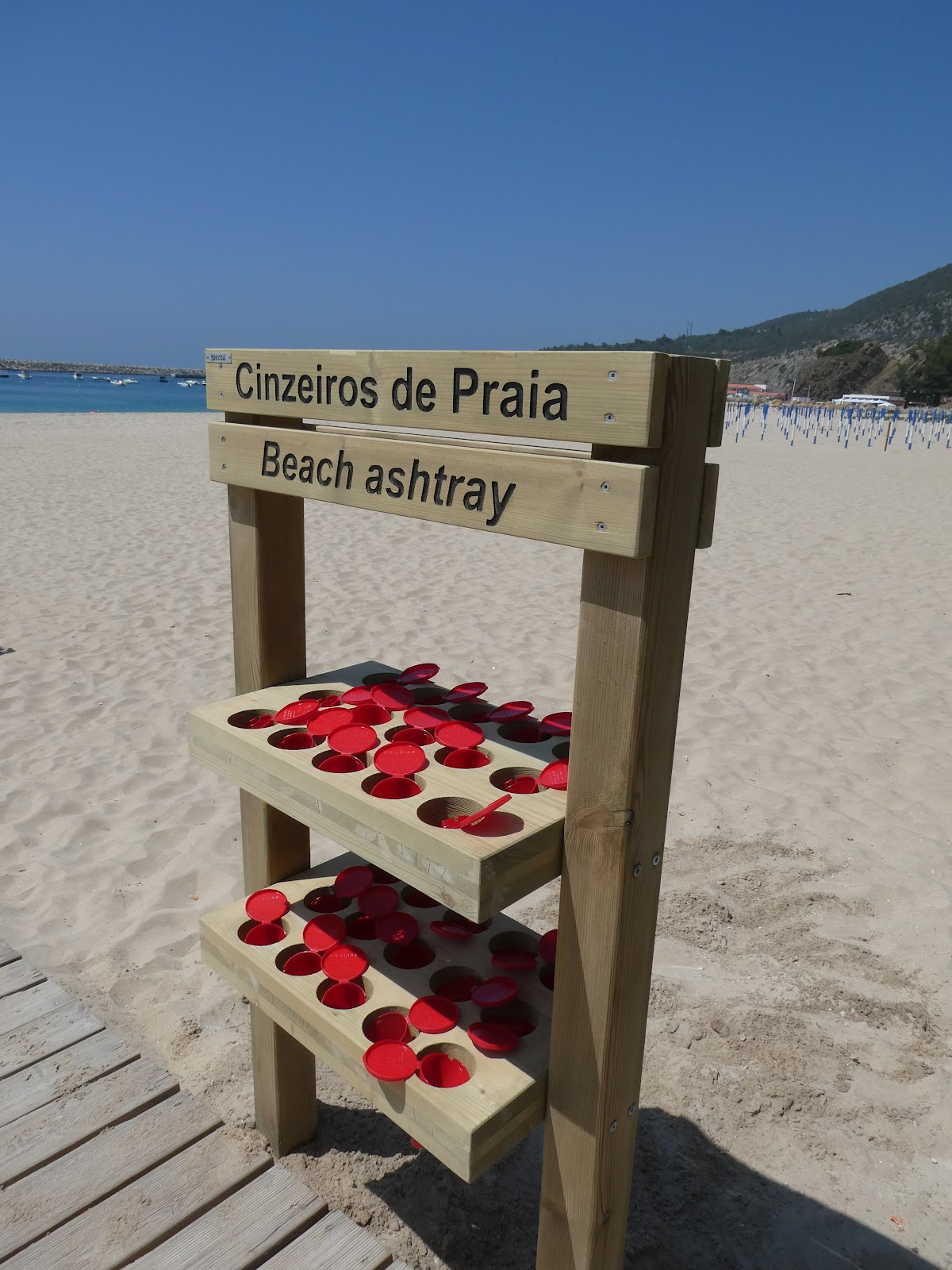









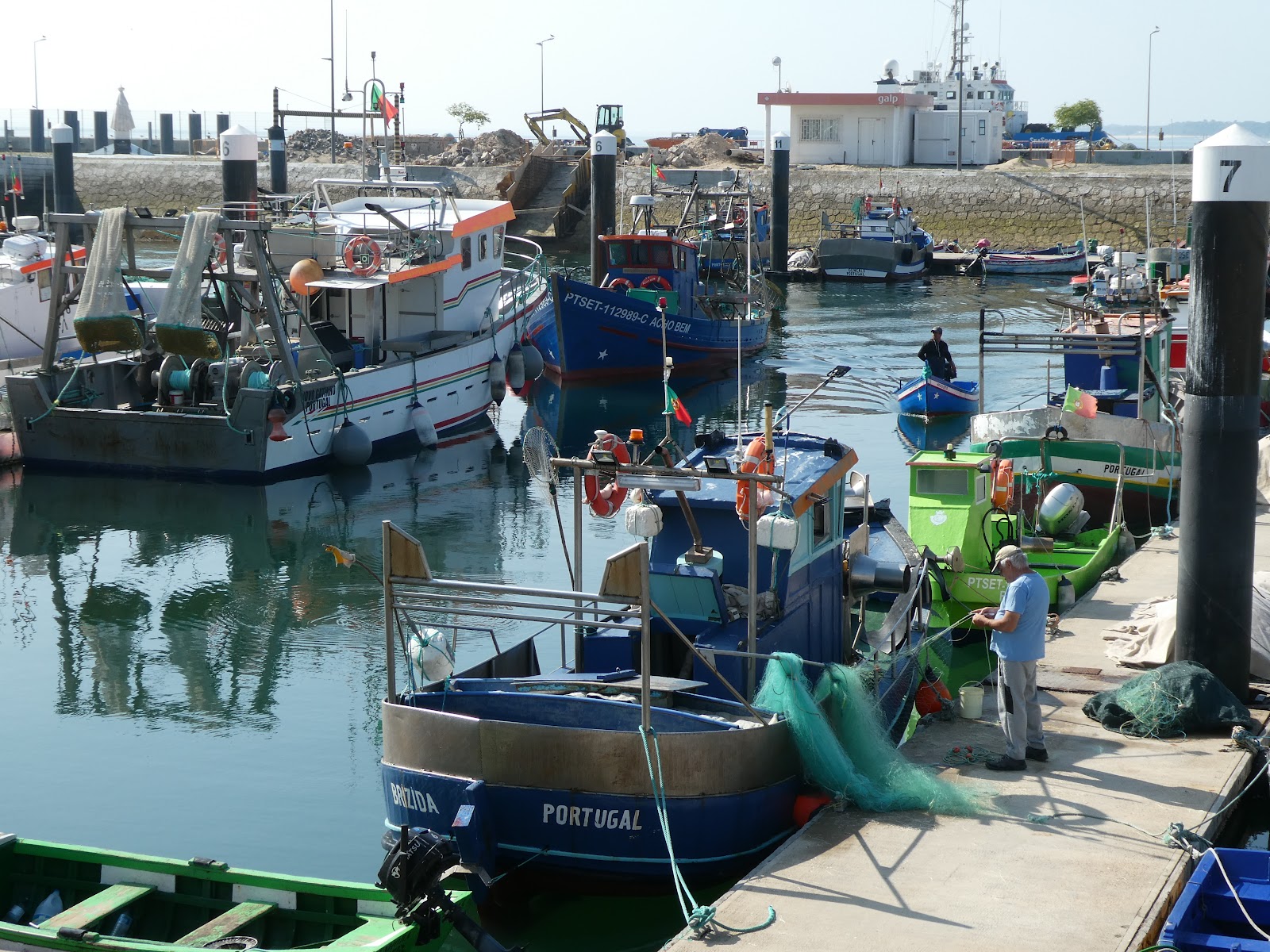

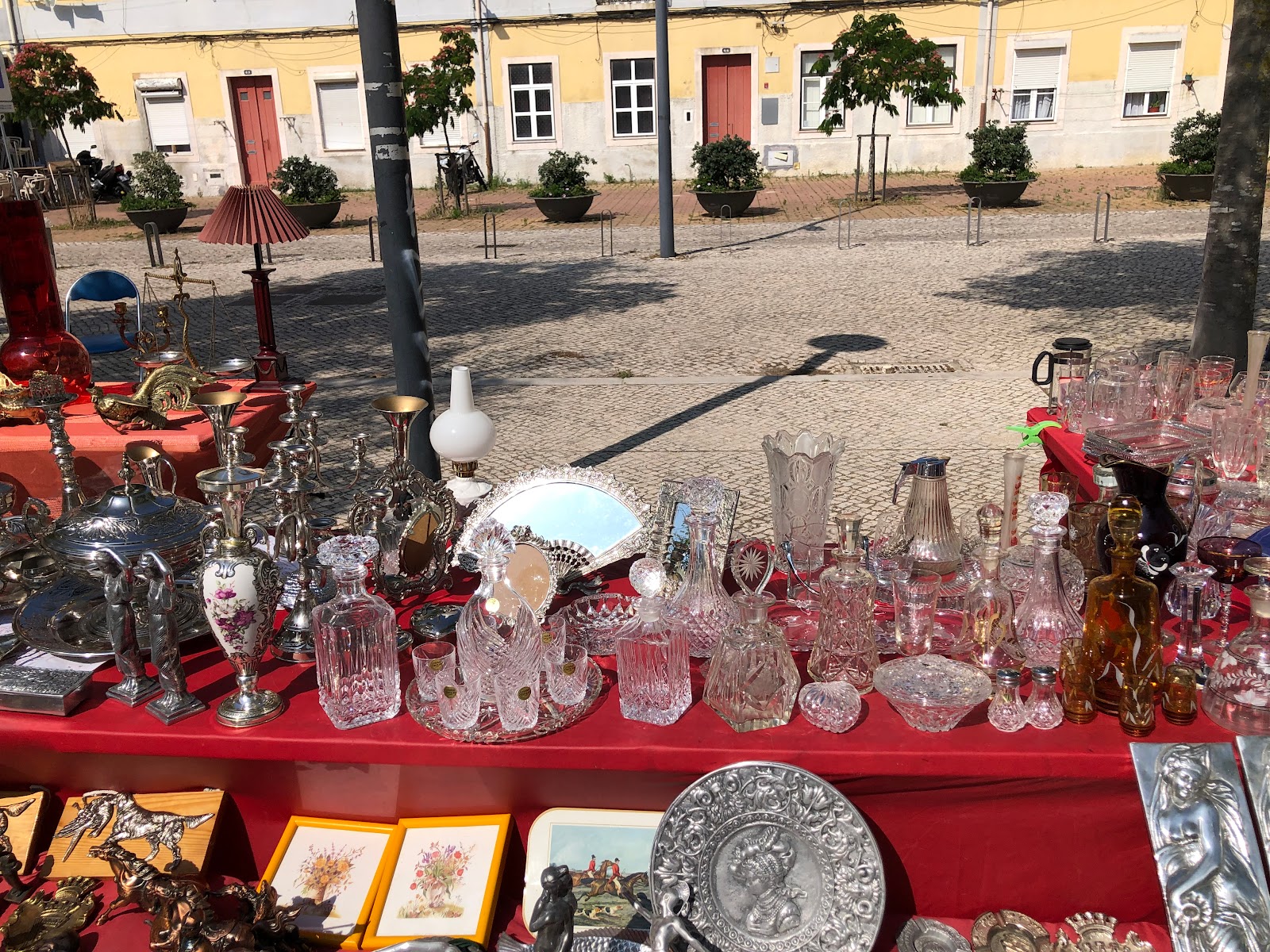










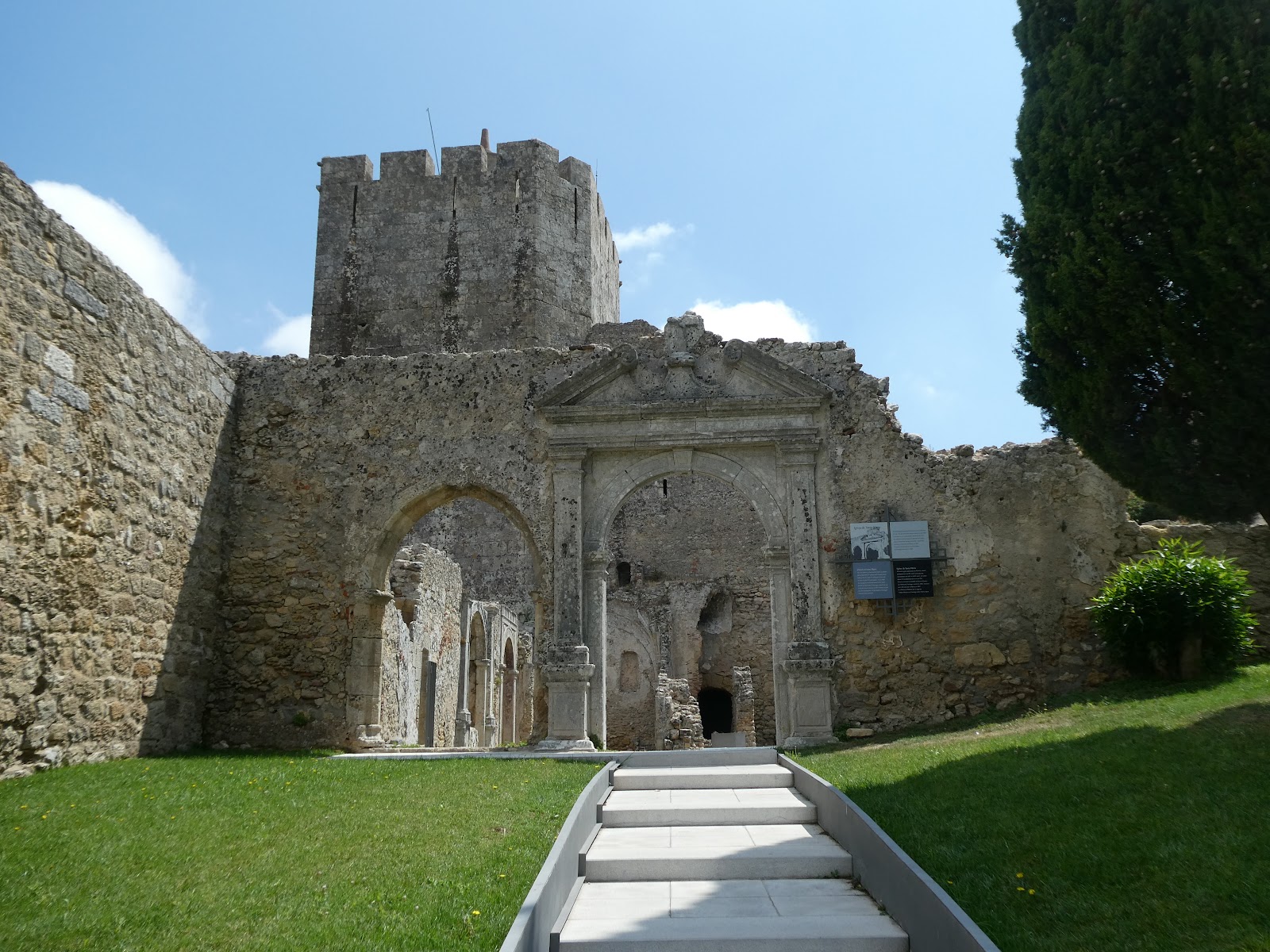


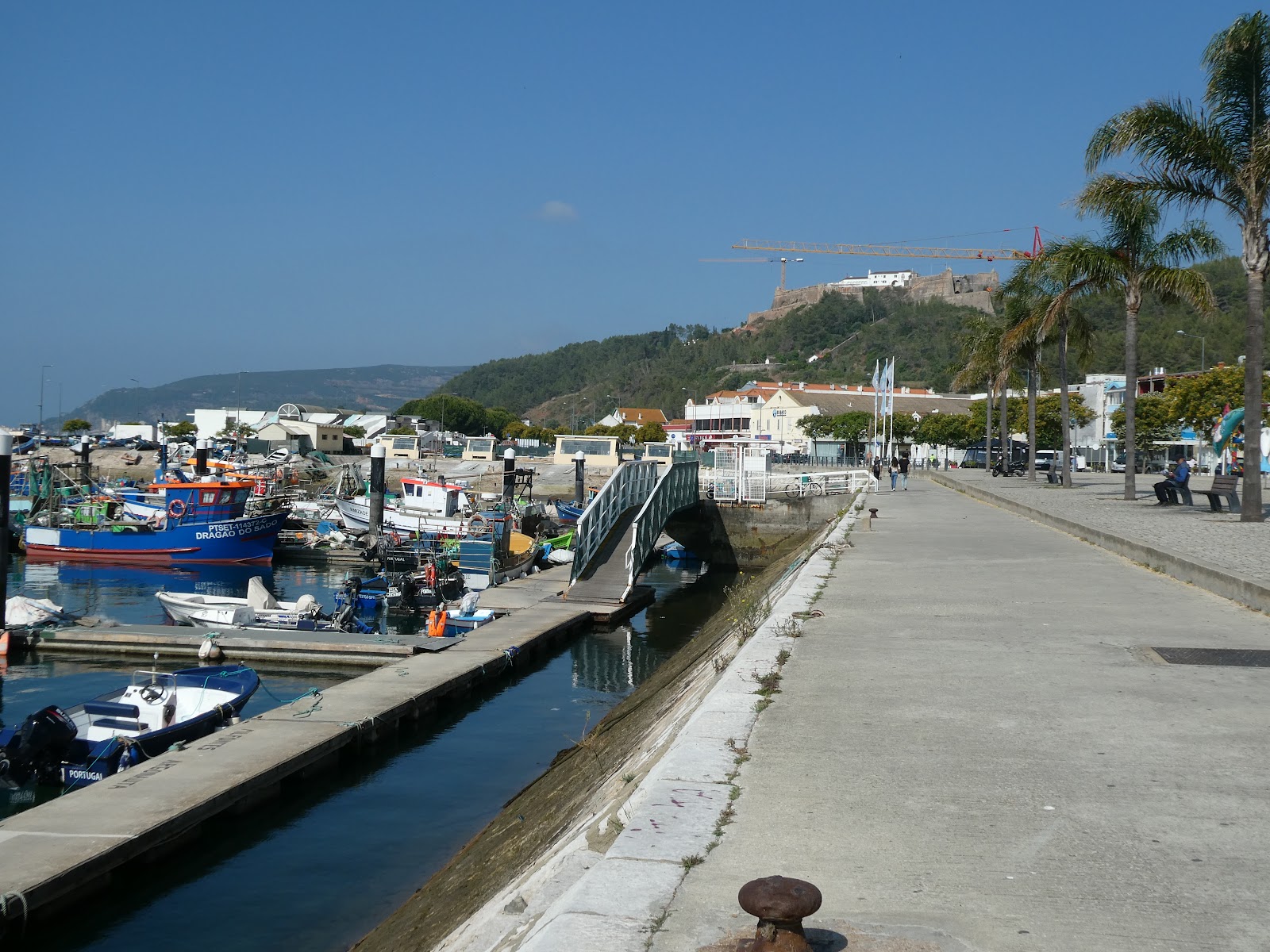

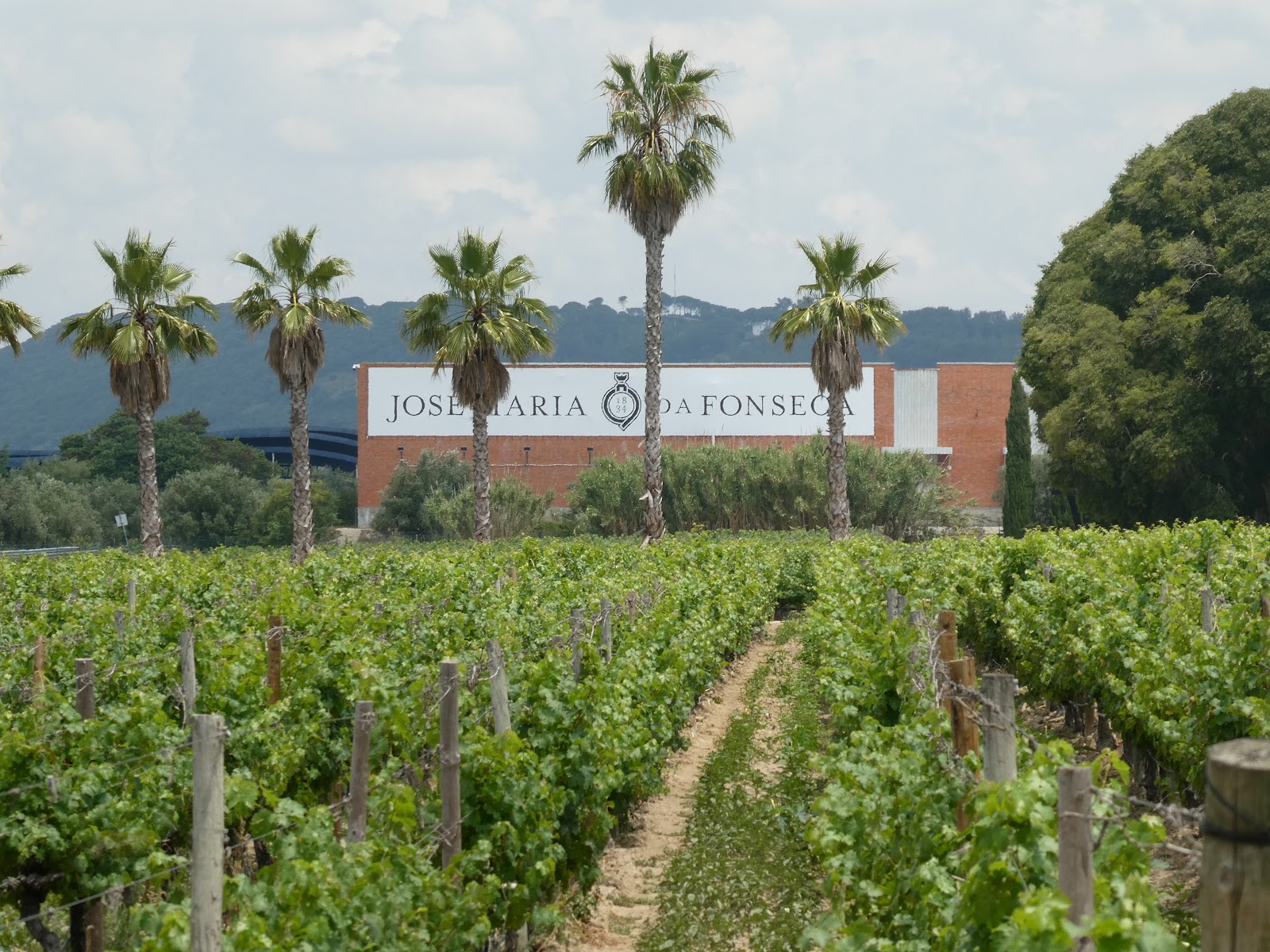

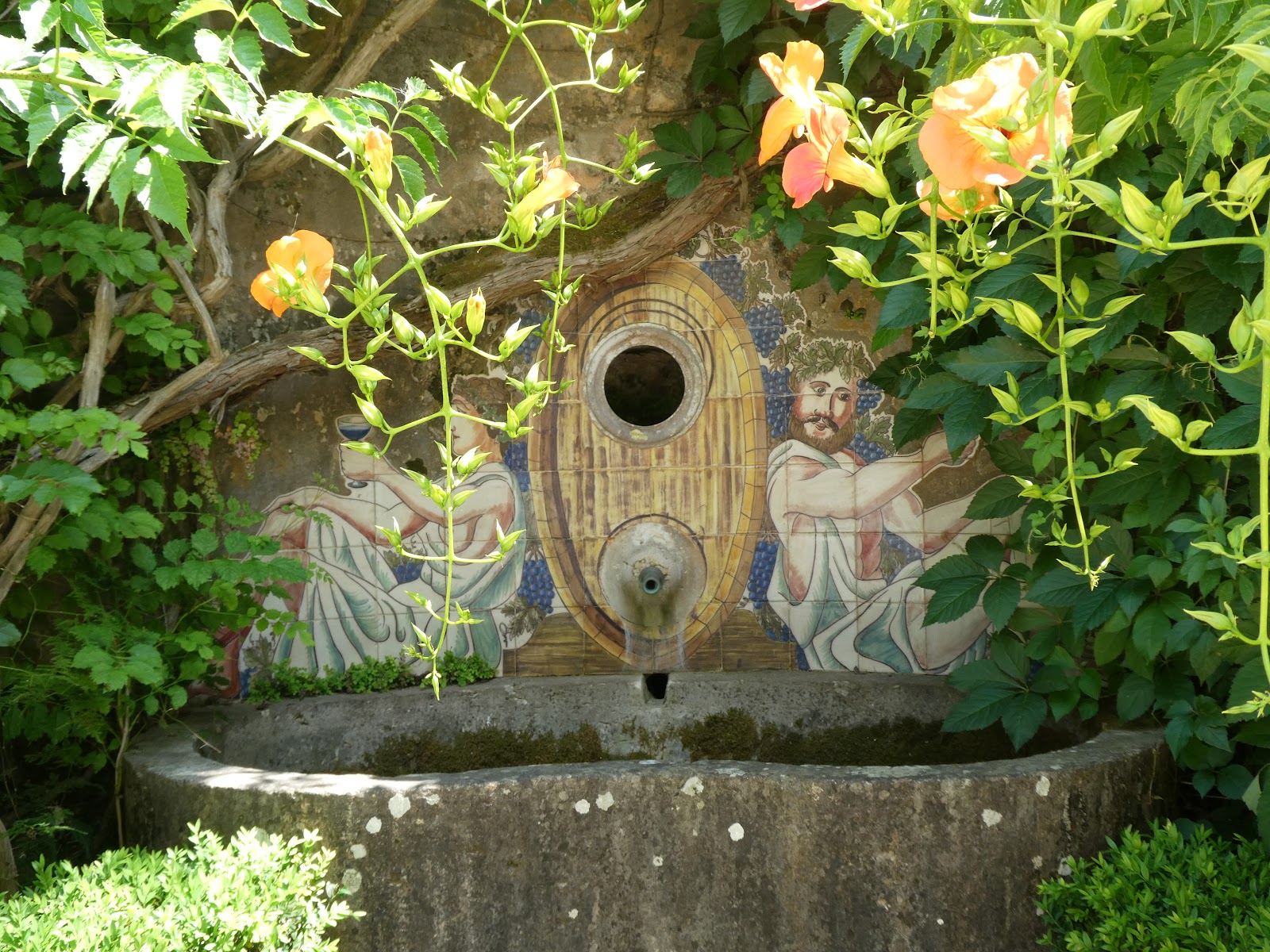

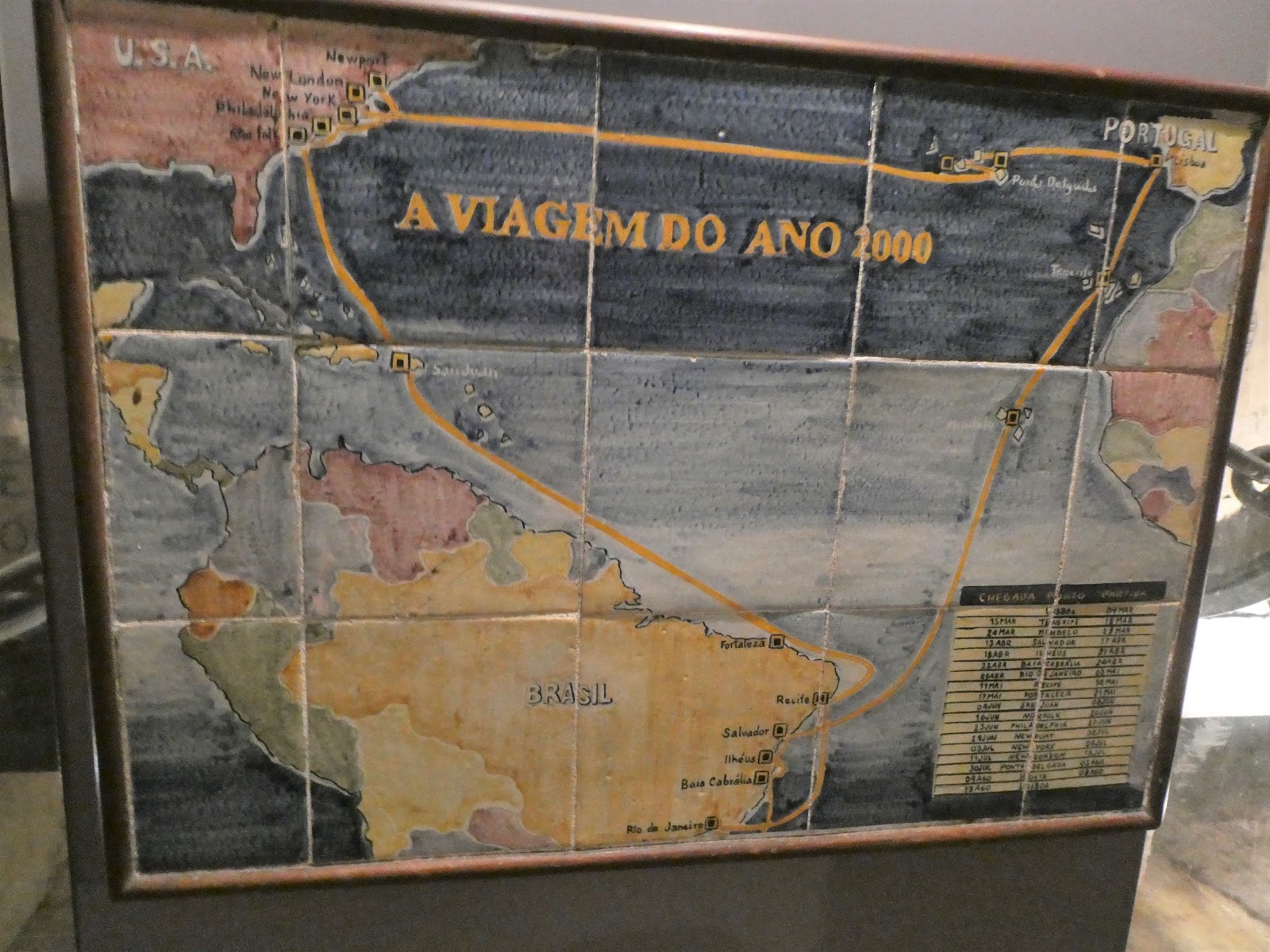






So enjoying all the travel details and the wonderful food and wine descriptions. Wendy
ReplyDeleteWow….certainly a comprehensive tour you’re doing and the meals look tasty. I’m envious of your weather, we are doing a deep freeze here….electric blankets and heaters territory! Enjoy the relaxation down time xx
ReplyDelete